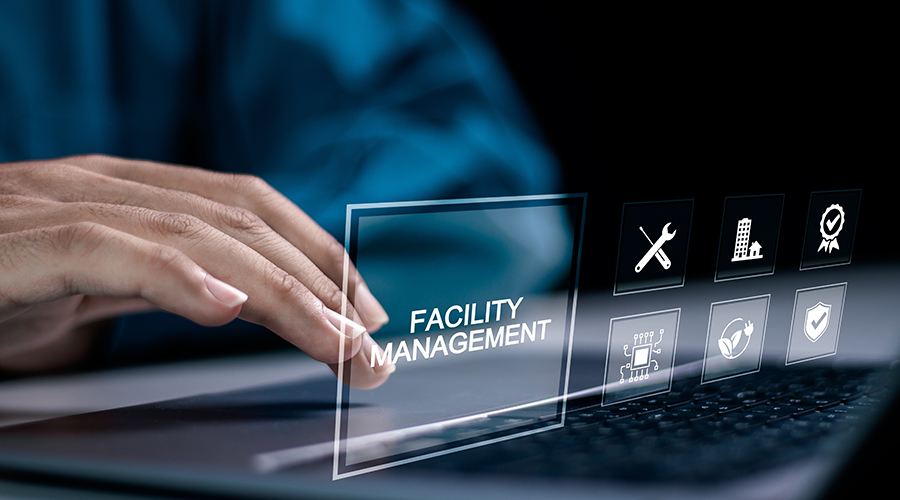What to Consider When Training New Employees
It might sound odd to link measurement and monitoring to a training program, but it is critical for success
Editor's Note: This is part two of a two part series. To read this first part, please click here.
How does a manager know the team is completing its training requirements? Ideally, each person has a training plan that identifies the types of training that are necessary for their job functions, and the department tracks the completion of training.
Some organizations rely on each individual to track his or her training accomplishments, while others track it centrally. In my experience, the best practice is to centrally track training, particularly when it is related to compliance and safety, to ensure that everyone is complying with requirements. Lack of compliance can expose the individual and the organization to risk.
Also, when training is driven by mandate or policy, documentation might be required, such as retaining a record of each training session conducted, the date of training, a roster of attendees, the subjects covered in the training session, and identification of the instructors.
Measurement and monitoring
It might sound odd to link measurement and monitoring to a training program, but I promise, it is critical for success. It relates to the desired outcome. For example, if the desired outcome is an engaged workforce that is safe, efficient and proactive, what items could a manager measure to show whether the training program is effective? Here are a few metrics and associated targets to consider:
- Number of days without safety incidents: Monitor the trend.
- Rework due to inadequate training: Track corrective work identified as rework as a percentage of total maintenance labor hours. Monitor the trend.
- Mandatory training completion rate. Track attendance records. Target 95 percent minimum.
- Number of corrective maintenance work orders generated by inspections. Measure the number of repair work orders created from inspection-related work orders. Monitor the trend.
- Customer satisfaction ratings. Track input from customer satisfaction survey information. Target 95 percent minimum.
- Staff turnover. Track the number of employees leaving as a percentage of the total. Target less than 10 percent.
With a training program implementation, trending these metrics over time should show overall improvement. A trained workforce that is efficient and proactive contributes to the financial success of the organization. The resulting well-performing facility also can contribute to overall organizational productivity and improved occupant or customer satisfaction.
Effective training programs also can deliver other benefits. Consider retention. When an organization invests in its employees, it communicates to them that they are valuable. People tend to stay when they feel valued and important. In today’s staffing environment where managers are experiencing a labor shortage, this benefit is especially critical. Training also benefits risk management. Well-trained employees reduce the risk to the organization by exercising safe practices and operating competently.
Developing and implementing a training program that fits a manager’s team and organization leads to success on many levels. It can help attract and retain employees, and it can lead to better performance — for the team, for the facility and for organization.
Laurie Gilmer is vice president and chief operating officer of Facility Engineering Associates. Gilmer is a published author and instructor and is the chair of IFMA’s board of directors. She serves as IFMA's liaison to ASHRAE's Epidemic Task Force and serves on the National Visiting Committee of Building Efficiency for a Sustainable Tomorrow (BEST) Center.
Related Topics:













